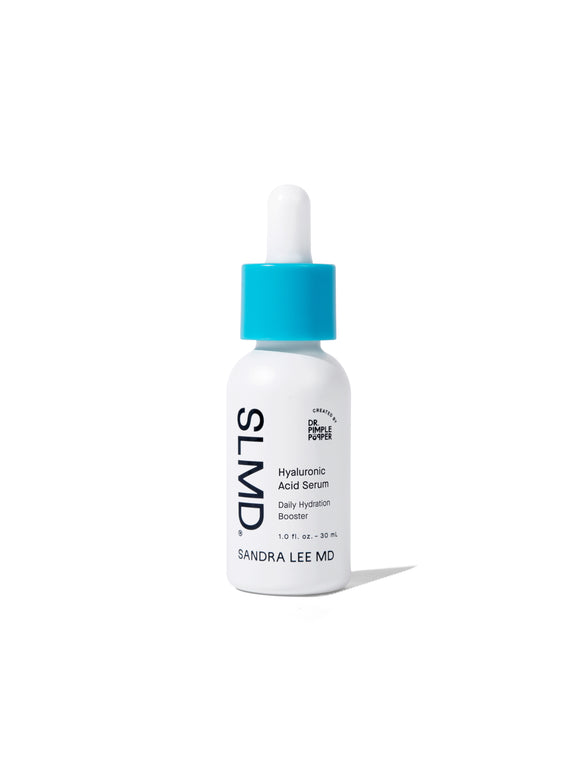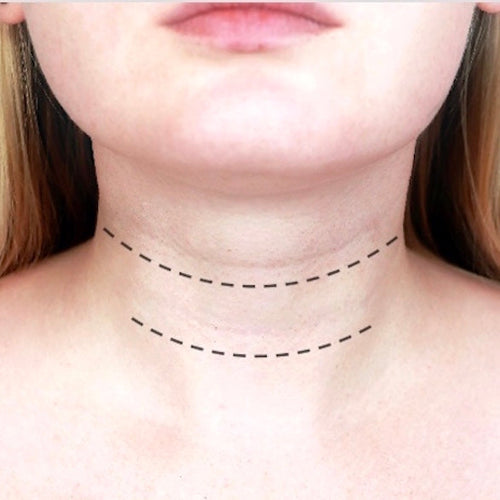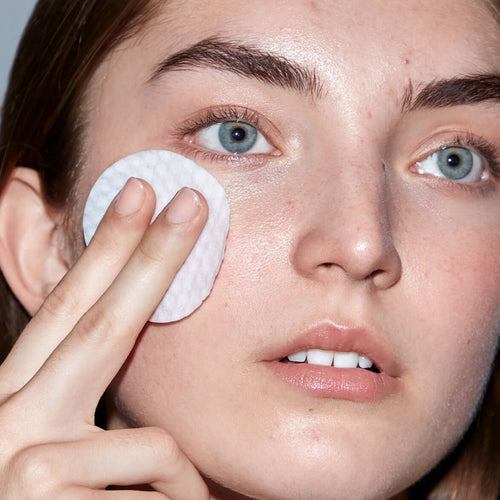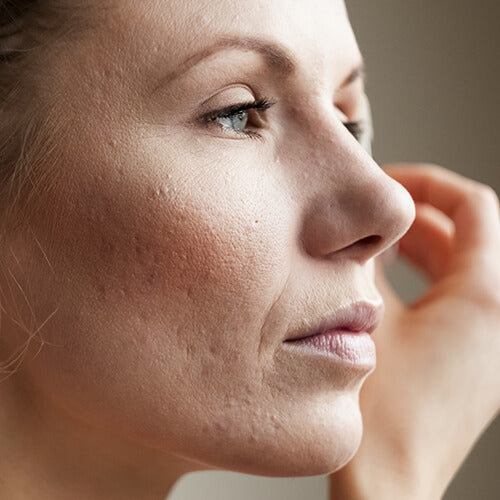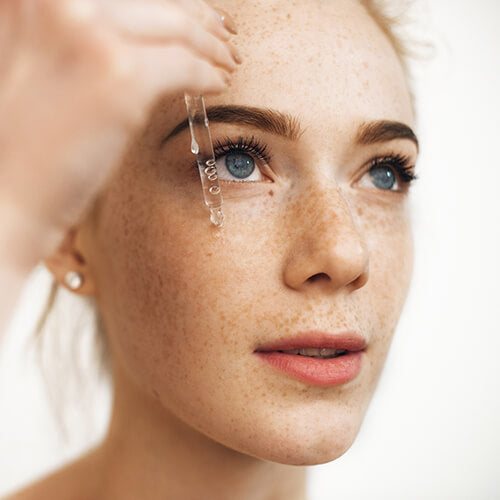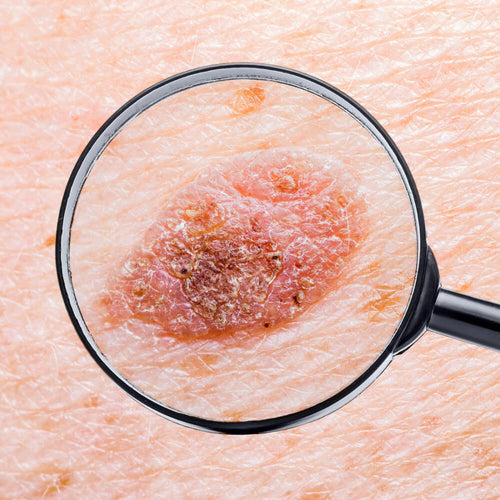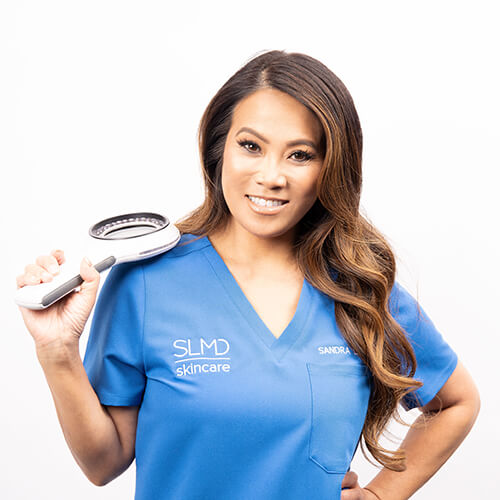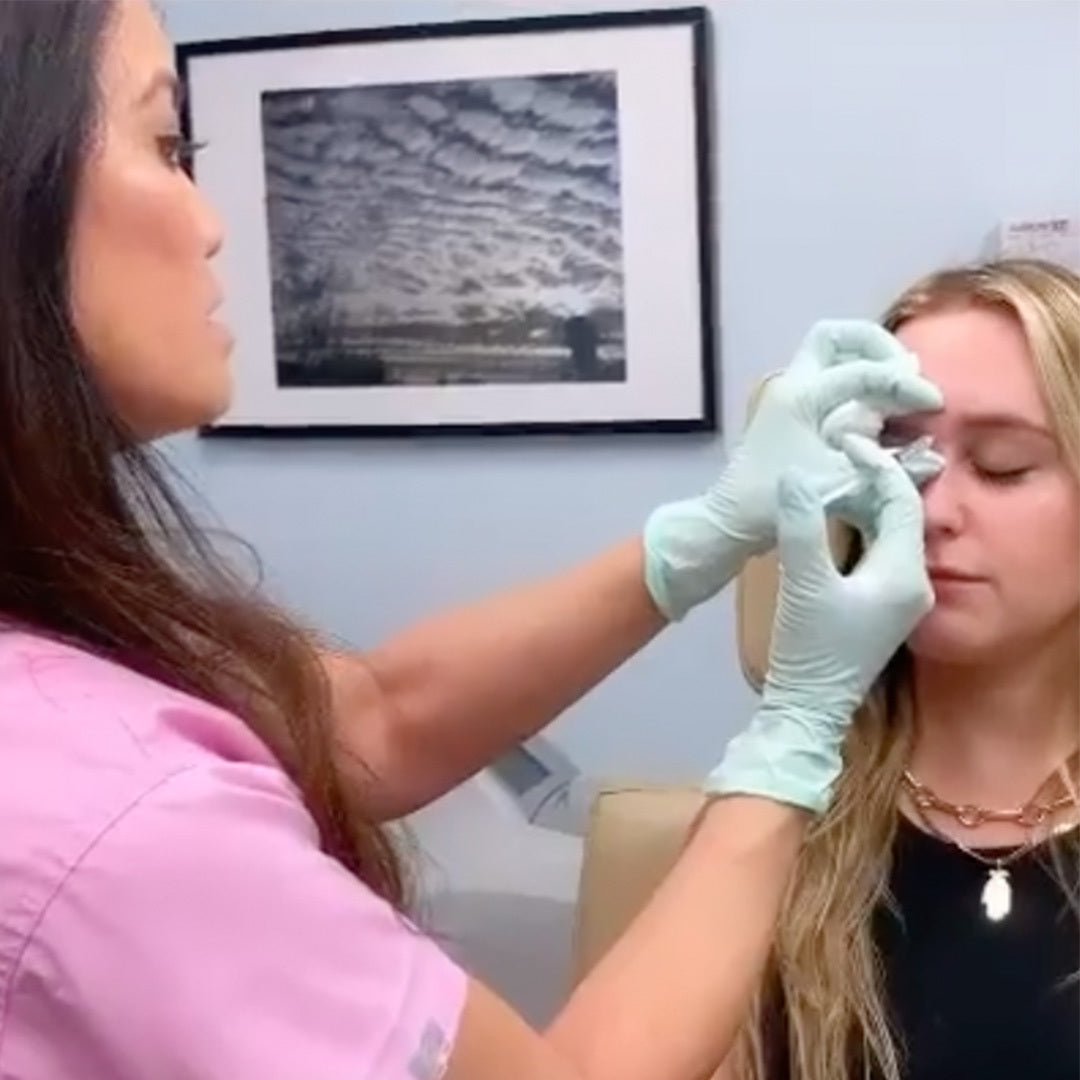
Dr. Pimple Popper's Guide to Getting Botox and Fillers
Everything you need to know about facial injectables, from America's favorite dermatologist.
Published:
5 minute read
Ever wish you could get the inside scoop about Botox and filler, straight from a dermatologist? Look no further: we’ve asked Sandra Lee, MD (aka Dr. Pimple Popper), to share everything you need to know about facial injectables.
From what they can (and can’t) do, to how they work and how long they last, this is Dr. Pimple Popper’s guide to getting Botox and fillers.
What’s the difference between Botox and filler?
DPP: A lot of people are still using these terms interchangeably, but they’re not the same. Botox is a type of neurotoxin that’s injected into the muscle to temporarily weaken or paralyze it, reducing wrinkles. It’s one of the most common brands, but we also have Dysport, Xeomin, and Jeuveau, which are collectively known as neuromodulators.
These injectables both prevent and treat what we call dynamic wrinkles — those creases that form when we move our face. So typically we use them on the glabellar lines between the brows, commonly known as the 11’s, on the forehead creases, and around the outer corners of the eyes to treat crow’s feet. Results generally take effect in three to four days, and can last anywhere from three to six months.
Dermal fillers, on the other hand, are injectables that are used to augment or restore lost volume to certain areas. The most common fillers, including brands like Juvederm, Restylane, and Belotero, are made of hyaluronic acid, a substance that our bodies make naturally.
Dermatologists use facial fillers to plump up lips, fill in nasolabial folds (those “marionette lines” around the nose and mouth), add volume to cheekbones and temples, and minimize tear troughs — that depression that causes under eye shadows. Filler is also used to change the shape of the nose, known as a liquid rhinoplasty or nose job.
Filler can last anywhere from about six months to a year or more, depending on the location and how your body metabolizes it.
When should you start using Botox and filler?
DPP: As a dermatologist, I’m going to say that the decision to get injectables is a personal one — it’s not about what you should or shouldn’t do. But many of my patients are either looking to prevent signs of aging, or minimize them so when they look in the mirror, their reflection better resembles how they feel on the inside.
Typically, patients in their late twenties are interested in preventative Botox, which is just a small dose between the brows and on the forehead to stop those wrinkles from forming. In this age group, I also get requests for a bit of lip plumping, and filling in the tear troughs.
Once patients begin to see signs of aging — maybe a few fine lines, some volume loss in the cheeks or lips — we can customize an approach that suits them best. I never tell patients what I think they “need;” instead I ask them what’s bothering them, or what their goals are, and we go from there.
It’s important to have reasonable expectations. Botox and filler can’t stop you from aging, and they’re not a replacement for taking good care of your skin. In fact, my patients who follow a basic regimen — including sunscreen and retinol — tend to have better results from injectables than those who don’t pay attention to their skin health.
What happens if you get too much Botox or filler?
DPP: We’ve all seen those stories on social media, frozen faces or droopy eyelids from misplaced Botox. That can happen when the product is misinjected, or migrates beyond its intended area, paralyzing some of the muscles controlling the eyelid. Unfortunately, there’s nothing to do in that case except wait for the effects to wear off in a couple of months.
Filler is different: if it’s made from hyaluronic acid, it can be reversed by injecting an enzyme that breaks down the product and dissolves it. This can save you if you’re regretting your decision — though a well-trained provider can help you avoid going overboard in the first place.
This is why working with a highly experienced injector, or a board certified dermatologist or plastic surgeon, is so important. Not only will you have a better result, you’ll reduce your chances of experiencing complications from Botox and filler.
What are the risks of getting Botox and fillers?
DPP: Overall, facial injectables are very, very safe — especially when you get them from a qualified provider. When it comes to any treatment or procedure, really do your homework! This is not the time for bargain basement deals.
The main risk of Botox and other neuromodulators is weakening or freezing of muscles you didn’t intend, which can make eyebrows feel heavy and lids look droopy. And all injectables can cause some temporary bruising, which isn’t painful.
If you experience unusual skin discoloration and/or pain after getting filler, talk to your provider right away to rule out a very rare complication called vascular occlusion. This happens when filler puts pressure on a blood vessel, which can lead to tissue death and even blindness. Getting treated right away will improve your outcome. Again, it’s incredibly rare, especially among experienced injectors, but better safe than sorry.
How often should you get Botox and filler?
DPP: Everyone is different, so there’s no set timetable for keeping up with your injectables. In general, neuromodulators should last anywhere from three to six months, but that depends on which product was used, how much was used, and where it was injected. Filler tends to last about twice as long, though I’ve had patients see results for years at a time.
Not many people talk about this, but I think it’s important to mention that patients tend to get used to these tweaks pretty quickly. So when they look in the mirror, they’ve already forgotten what their features looked like before their injectables. After a while they might not even notice a change has been made — which makes it easy to want more, and to go overboard. It’s another reason why I recommend people find a provider they trust, who has a good eye and keeps detailed records. That way, you get a consistent result over time.



